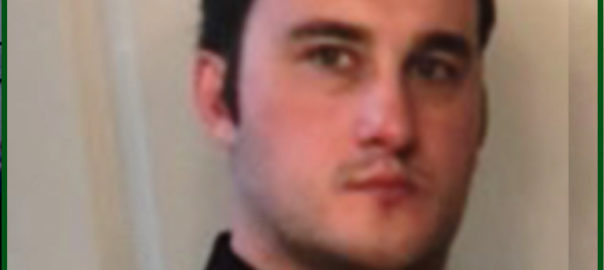Episode 13
“Why is it that the human face has a very specific form and structure?” This is a curious question Suzette Lyn has had, and luckily In this episode a young theoretical physicist Dominic Gastaldo, focuses on researched aimed to answer such questions.
Dominic Gastaldo is a software engineer with a background in general relativity. He has worked in industry, academia and in the startup world. He currently consults in GPU multiphysics applications. He is interested in fundamental theories of biology that embody the predictive and explanatory power of theoretical physics.
Theoretical physics, in tandem with pure mathematics, has led our progress in understanding the structure of the natural world. Classical mechanics tells us the deep structure of the laws of particle motion, and its investigation unveils a dichotomy between stability and chaos in motion. These properties are related to the structure of higher dimensional geometric objects. Field theory began with Maxwell’s equations of the electromagnetic field. Much confusion surrounded how these equations transformed under relative motion of currents and magnets. Einstein realized that our difficulties in understanding the physical consequences of these equations came from the underlying symmetry of space and time implied by their structure. If electromagnetic field theory is true, then the ordinary symmetries of spacetime must be incomplete; they must be what we now call special relativity. The energy spectrum of a black body diverged when considering continuous energy levels. The only resolution was to consider discrete energy levels. Wave-like properties in the behavior of electrons were related to an intrinsic uncertainty in the position and momentum of particles. This was resolved by formulating classical mechanics with an intrinsic, fundamental uncertainty. The result, quantum mechanics, is now one of the theoretical pillars of modern technology, from the transistor to the quantum computer. Each progression in our theoretical understanding of fundamental phenomena moves us forward in our understanding of the natural world and our ability to develop new technology.
Biological growth is a fundamental theoretical problem which not only can serve as a tool for manipulating the growth of systems, but can also answer deep questions about what can be grown in our universe. He aims to develop a comprehensive theory of biological growth that relates biology to fundamental physics. Rene Thom developed a research program in the 1970s that geometrically formulates biological growth in terms of the properties of space. This research program begins to develop the mathematical structure necessary to answer fundamental questions about the nature of biological growth.
Dominic hosts an open source research group implementing computational models of morphogenesis. You can contact him at dgastaldo@umassd.edu.
